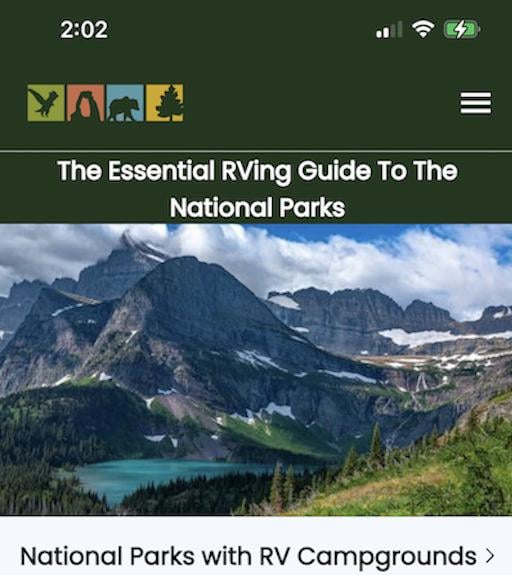A Latino homestead in Colorado that dates to the mid-19th century has been designated a National Historic Landmark by Interior Secretary Ken Salazar.
In doing so, Secretary Salazar pointed to efforts to conserve natural, historic, and cultural resources of the San Luis Valley.
“Latino settlement in Colorado is an important chapter in the history of the West, marking the northernmost expansion of the Spanish colonial frontier in the region,” the secretary said in a prepared statement. “With this designation, we are helping to ensure the story of the settlers, how they lived, and the influence they had on the culture and history of Colorado and our nation will be carried down to future generations.”
According to the National Park Service, the Trujillo Homestead can be traced back to 1865 when "Teofilo Trujillo, a New Mexico native, traveled north from his Taos‐area home and settled on an isolated and undeveloped site in Colorado’s high, arid San Luis Valley a few miles west of the present‐day Great Sand Dunes National Park and Preserve and the towering Sangre de Cristo Mountains. Together with his New Mexican wife, Andrellita, he became one of the first permanent residents to claim land and develop a ranch in an area considered the domain of indigenous peoples."
"During the course of almost four decades, Teofilo and Andrellita, their son, Pedro, and his wife, Sofia, erected houses and agricultural facilities and expanded their holdings to nearly 1,500 acres by astutely taking advantage of opportunities to acquire public domain, including actions under the Homestead Act, as well as purchasing property from other Hispanos."
On Wednesday the Interior secretary is scheduled to meet at Adams State College in Alamosa, Colorado, with Colorado Governor John Hickenlooper, U.S. Senator Mark Udall, and U.S. Senator Michael Bennet to discuss what additional steps can be taken to conserve "the rich history, culture, and natural beauty of the San Luis Valley."
Last month, Secretary Salazar announced a preliminary report by the National Park Service that identified a number of important historic and cultural sites in the San Luis Valley and the Sangre de Cristo Mountains of southern Colorado and northern New Mexico worthy of consideration for inclusion in the National Park System.
The report, San Luis Valley and Central Sangre de Cristo Mountains Reconnaissance Survey Report, highlights what's been described as a remarkable concentration of historic resources associated with Latino settlement, including Colorado’s oldest documented town, only communal pasture, first water right, and oldest church.
The designation of the Trujillo Homesteads as a National Historic Landmark is part of the Park Service’s new American Latino Heritage Initiative to document, preserve and interpret historic places associated with American Latino history and the role of American Latinos in the development of the United States. It also supports the goals of President Obama’s America’s Great Outdoors Initiative to reconnect people, especially young people, to our nation’s historic, cultural, and natural heritage.
The site was originally nominated for potential designation on October 12, 2011, as President Obama and Secretary Salazar welcomed American Latino leaders from across the country at the White House American Latino Heritage Forum. During the day-long forum, high-ranking Administration Officials and Latino community leaders and scholars worked to identify avenues through which the story of the American Latino can be told in a more complete and inclusive way.
The Trujillo Homesteads provides an exceptional representation of the expansion of Hispano-American settlement into the American Southwest following the 1848 Treaty of Guadalupe-Hidalgo as well as an illustration of the conflict between cattle ranchers, who were primarily Anglo-Americans, and sheep herders, who were primarily Hispano-Americans, according to Interior officials.
Through archeology, the site has a high potential to yield information addressing nationally significant research questions about ethnicity and race on the Western frontier.
“This new listing will join approximately 2,500 other sites in the National Historic Landmark Program,” said Park Service Director Jonathan B. Jarvis. “These places showcase our rich and complex history – from prehistoric time right up to the modern era.”
The National Historic Landmark Program, established under the Historic Sites Act of 1935, is administered by the National Park Service on behalf of the Secretary of the Interior. The agency works with preservation officials and other partners interested in nominating a landmark. Completed applications are reviewed by the National Park System Advisory Board, which makes recommendations for designation to the Secretary of the Interior. If selected, property ownership remains intact but each site receives a designation letter, a plaque, and technical preservation advice.




Comments
I have a old aspen lodge with the name j.t. Trujillo and a date of 1858 I found under a cabin I bought . Would like to find a place for this peace of history a home .